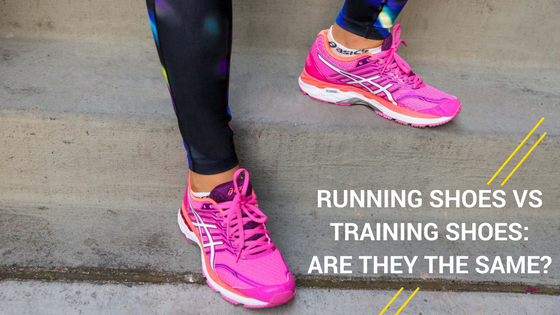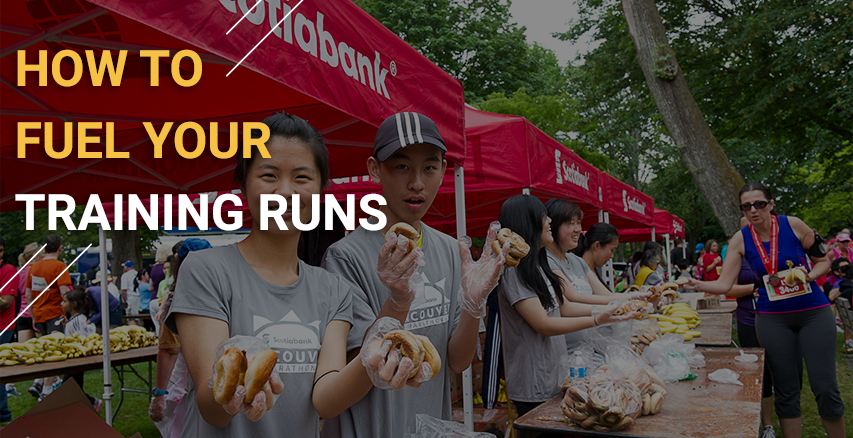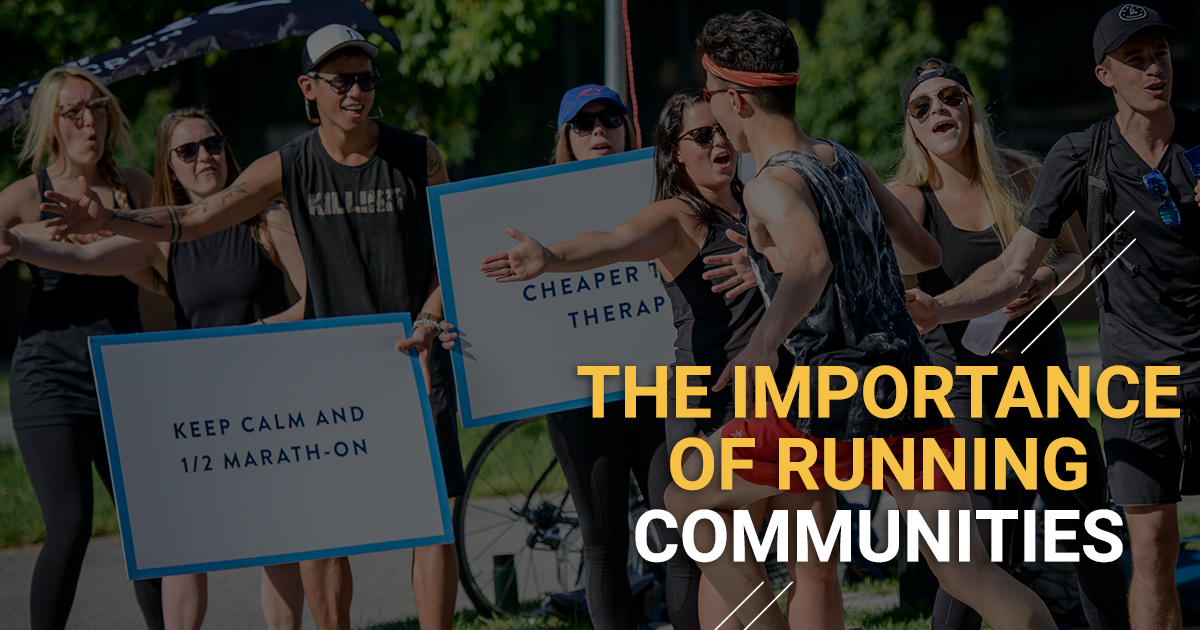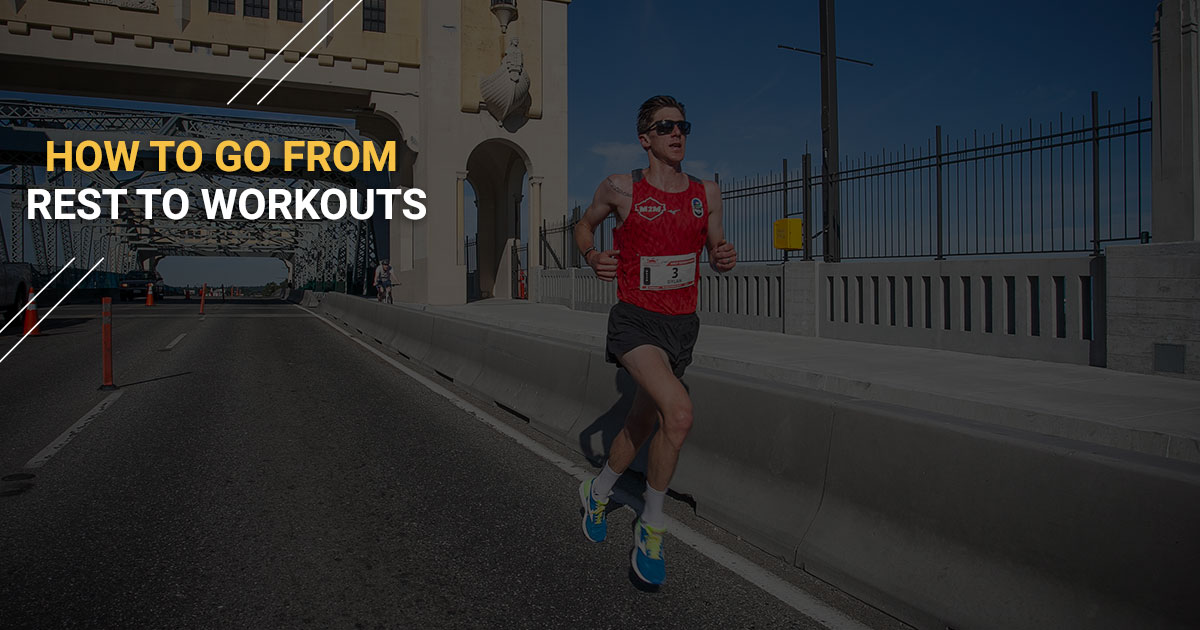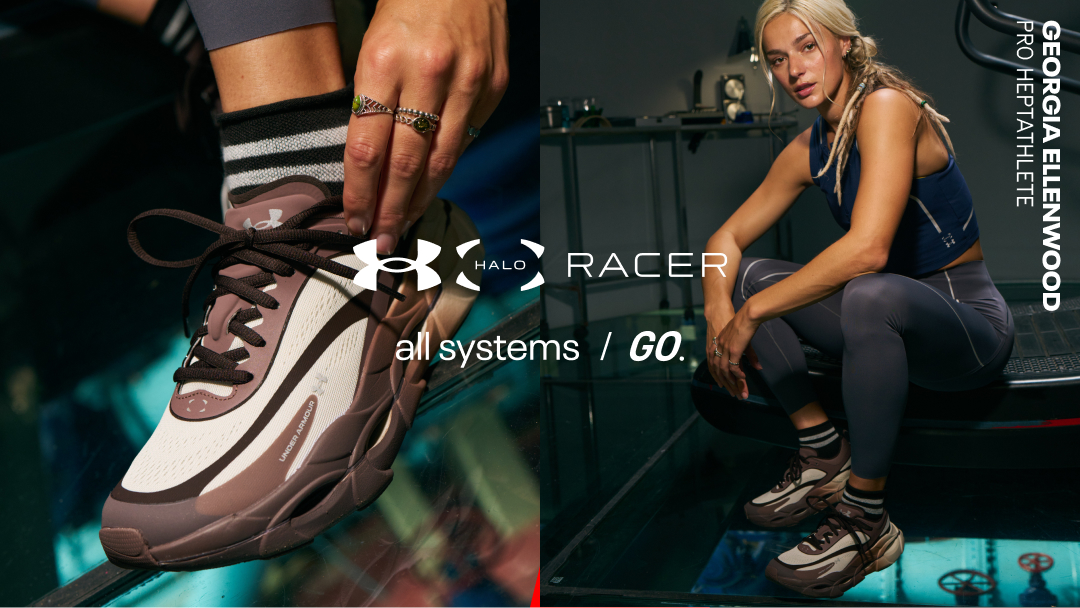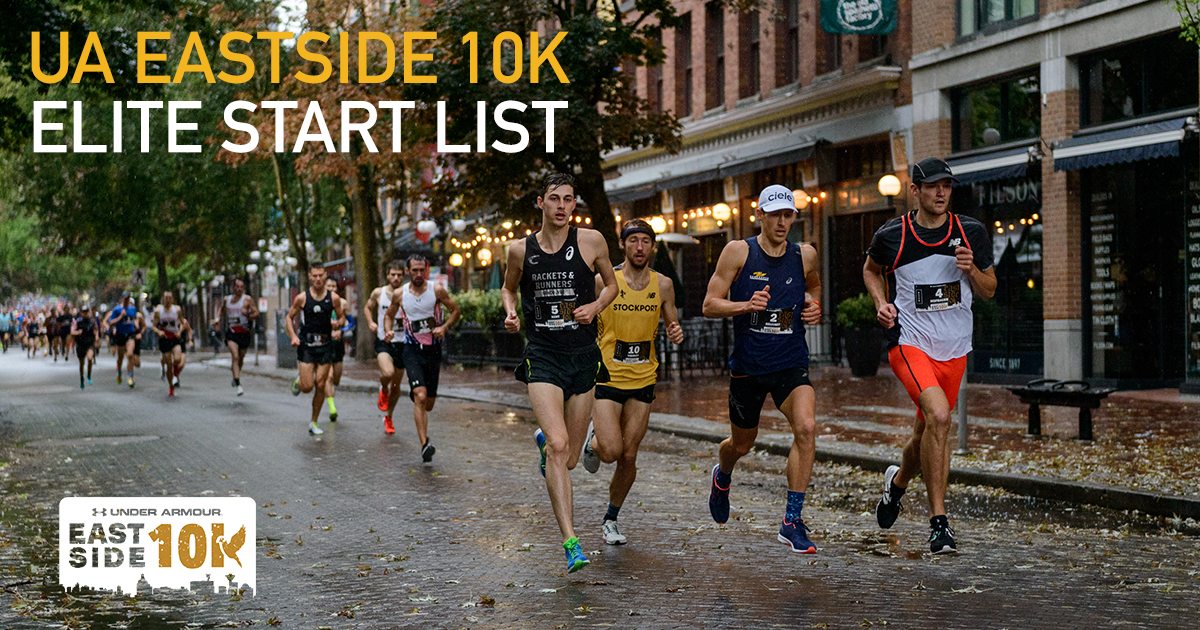Once the holiday season is over, and the nausea from any festive hangover has subsided, the drive to workout tends to come rushing back. Whether it’s because of a New Year’s resolution, or the urge to get back into a routine, it’s important to return to workouts with realistic expectations. But how do you go from laying on the couch, to intense workouts?
Today’s society has instilled a norm of instant gratification. Unfortunately, with running and working out, it’s hard to see results immediately after a workout. Building back into fitness requires time and patience, but that doesn’t mean you can’t push yourself early in a training block. Here are a couple things to keep in mind when jumping back in to workouts.
Keep things in perspective
Taking a break, whether it’s over the holidays, or as a part of a training cycle, requires a check-in before getting back into the swing of things. If the time off has been filled with lying on the couch watching Netflix with no amount of activity, the amount of fitness lost is going to be greater than if there’s been some kind of activity during the break. Be realistic about the break you took, and don’t expect to jump back into training where you left off. A few weeks off won’t decrease your fitness too much, but it will set you back a step of two. Easing back into workouts, doing shorter long runs, and taking additional rest days will reduce the risk of injury when returning to a routine.
Walk before you run
If returning from an injury, make sure that it’s pain-free to walk for 30-45 minutes before attempting to run. If the break was scheduled into a training cycle, or occurred because of the chaos the holiday season brings, ease into a run by walking for 5-10 minutes before setting off. Walking helps to warmup muscles, tendons, ligaments, and get joints moving smoothly. Incorporating a good warmup by walking or hopping onto a stationary bike for 5-10 minutes will make the run feel less creaky than if you just started right out the door.
Keep cross-training
Getting back into running doesn’t mean that cross-training has to stop. Keeping different activities in a training regime until you get back into shape will help build an aerobic base and will stave off injury. Strength training, helps to maintain muscular strength that carries over into running, especially when focusing on fundamental exercises. Core work, glute strengthening, and plyometric exercises don’t require gym equipment and can easily be done in the comfort of your own home. Create a routine that’s efficient and accessible so there’s a higher chance of adhering to the program. Adding in various aerobic exercises will bring cardiovascular fitness back without requiring too much additional impact on the body. Choose cycling, swimming, elliptical, or pool running as great options that can improve fitness and reduce the chance of injury.
Hit the trails
If it’s been a while since you’ve pounded the pavement, think about hitting the trails or a rubberized track for some of your runs. The impact of the roads is far more than soft surfaces, and can take a toll on an unconditioned body. Opting for the track allows for flexibility in distance. If you get tired at 5km when you planned for 10km, stepping off the track to hop into your car or on the bus is far easier than having to walk 5km back home on a route that takes you away from your starting point.
Don’t be a hero
It’s hard to not to get caught up in the excitement of getting back into a workout routine, especially if it’s associated with an end goal. However, the body can only handle a certain amount of training everyday, and may require additional rest days at the beginning. Sore muscles are not uncommon when getting back into training, so make sure to take easy days easy, and don’t try to hammer in a workout every time. Rest days, or easy days, give the body time to reap the benefits of the work that’s been done, and allows for positive adaptation. Trying to do too much all at once can result in injury or burn-out, either from getting worn out, or from compensating in workouts due to fatigued / sore muscles. Taking rest days won’t set you back, if scheduled properly, they can enhance your training.
Consistency is key
Getting back into training doesn’t need to be rocket science. At the end of the day, if you’re training consistently and putting in the work most days of the week, your fitness will return. That doesn’t mean doing longs runs everyday, or doing anything out of the ordinary. It can be as simple as doing 30 minutes of some kind of activity everyday, whether its running, yoga, strength work etc.



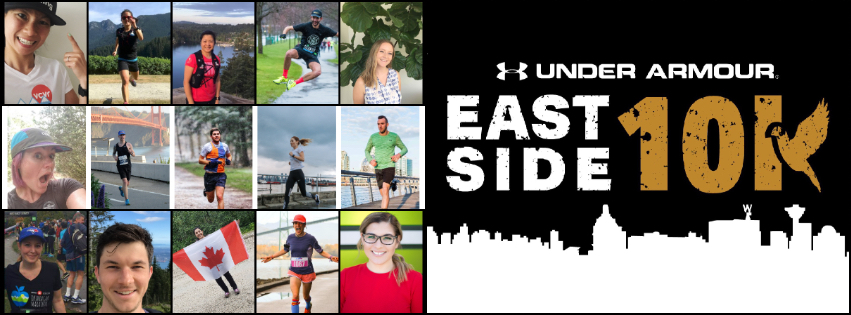
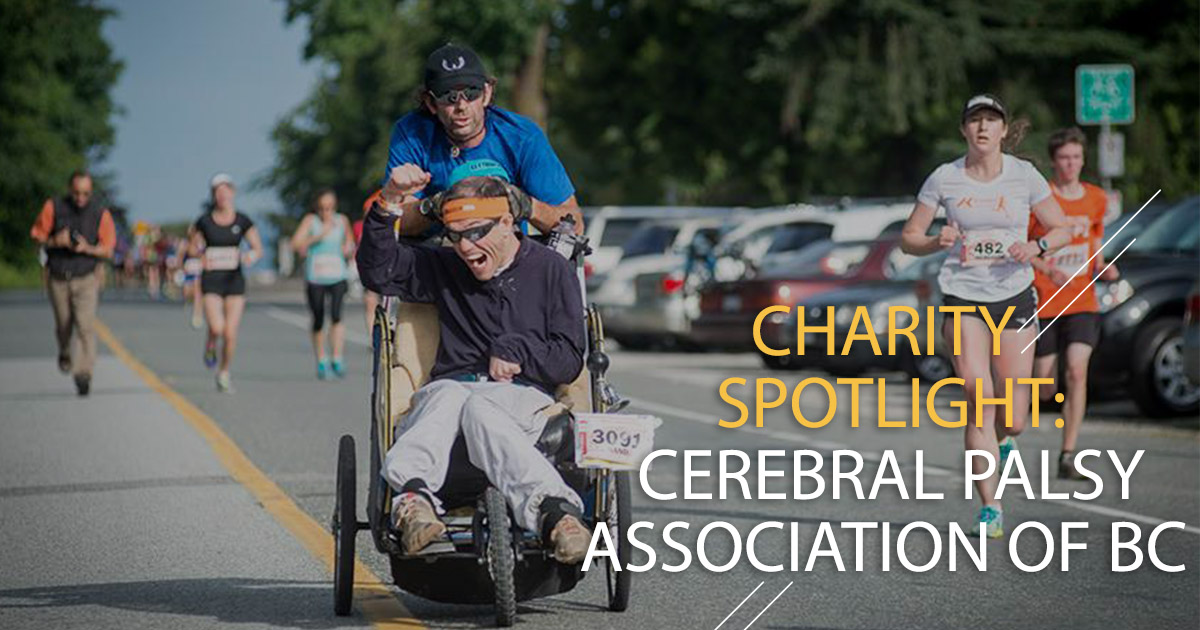
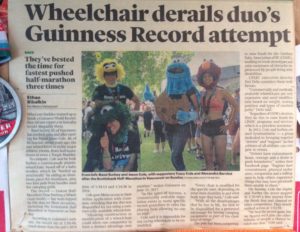
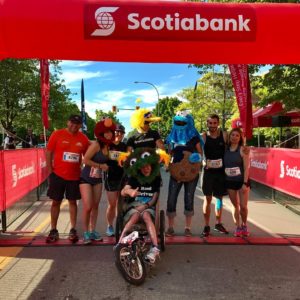
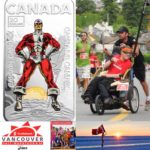
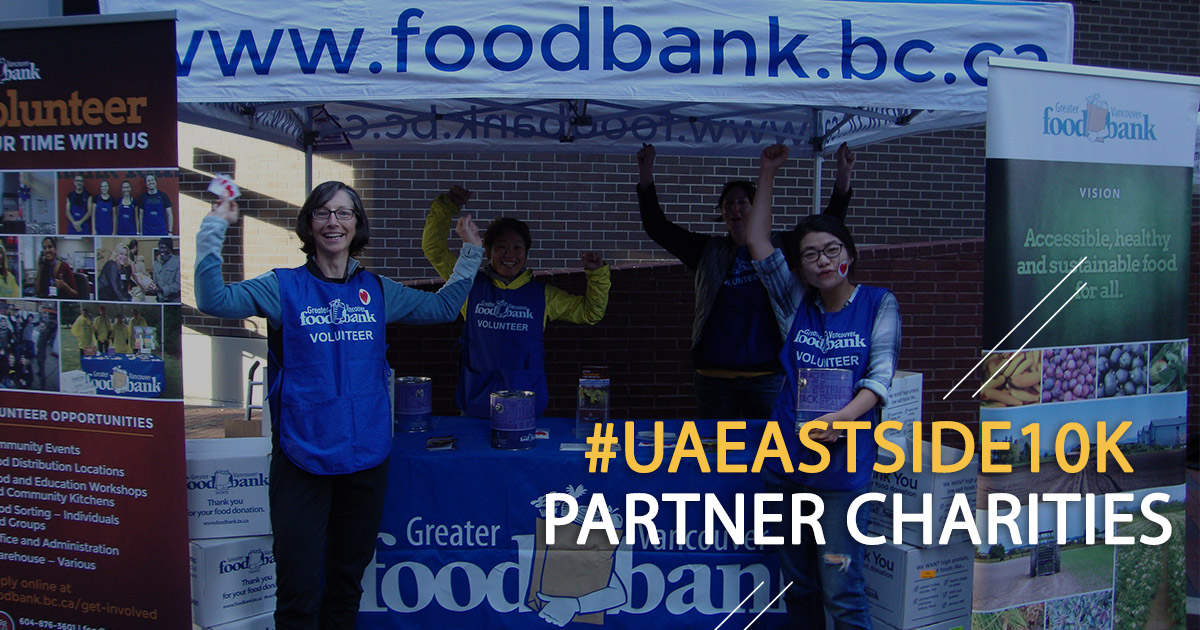
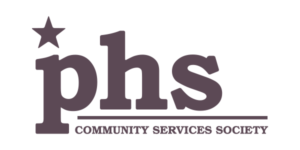 PHS Community Services Society (PHS) is an innovative and well-established non-profit organization located in Vancouver’s Downtown Eastside (DTES) community. The organization has extensive property management experience in complex mixed-use projects and primary health care initiatives. PHS improves the lives of thousands of vulnerable individuals each year through housing programs, health care and support services. Clients served represent the most marginalized populations residing in Vancouver’s DTES and face multiple barriers due to their mental health and substance use. Through many successful partnerships, PHS contributes to developing and maintaining best practices in health care and harm reduction.
PHS Community Services Society (PHS) is an innovative and well-established non-profit organization located in Vancouver’s Downtown Eastside (DTES) community. The organization has extensive property management experience in complex mixed-use projects and primary health care initiatives. PHS improves the lives of thousands of vulnerable individuals each year through housing programs, health care and support services. Clients served represent the most marginalized populations residing in Vancouver’s DTES and face multiple barriers due to their mental health and substance use. Through many successful partnerships, PHS contributes to developing and maintaining best practices in health care and harm reduction. The mission of the Downtown Eastside Women’s Centre (DEWC) is to provide a safe, non-judgmental environment for women from all walks of life, who live and/or work in the Downtown Eastside. DEWC operates a low-barrier drop-in centre and emergency night shelter, offering safe, women-only space, meals and basic essentials, as well as a continuum of care that nurtures and empowers members towards long-term change. DEWC sees over 500 women every single day, providing refuge from conditions of poverty and violence, hot, nutritious meals, toiletries and clothing, phone and computer access, as well as specialized support including advocacy, victim services, HIV case management, and housing assistance. In a severely marginalized community, DEWC provides a place where women can come as they are, find resources, support, and sisterhood, and build personal capacity so as to bridge the gap fromsurvival to self-sufficiency.
The mission of the Downtown Eastside Women’s Centre (DEWC) is to provide a safe, non-judgmental environment for women from all walks of life, who live and/or work in the Downtown Eastside. DEWC operates a low-barrier drop-in centre and emergency night shelter, offering safe, women-only space, meals and basic essentials, as well as a continuum of care that nurtures and empowers members towards long-term change. DEWC sees over 500 women every single day, providing refuge from conditions of poverty and violence, hot, nutritious meals, toiletries and clothing, phone and computer access, as well as specialized support including advocacy, victim services, HIV case management, and housing assistance. In a severely marginalized community, DEWC provides a place where women can come as they are, find resources, support, and sisterhood, and build personal capacity so as to bridge the gap fromsurvival to self-sufficiency. The Greater Vancouver Food Bank is a non-profit organization with a mission to create empowering environments that provide and promote access to healthy food, education and training. The GVFB provides assistance to over 27,000 people weekly through 13 food locations and more than 80 community agencies located in Vancouver, Burnaby, New Westminster and the North Shore. The GVFB is committed to its vision of accessible, healthy and sustainable food for all and through community collaboration, is pro-actively working to help reduce food insecurity.
The Greater Vancouver Food Bank is a non-profit organization with a mission to create empowering environments that provide and promote access to healthy food, education and training. The GVFB provides assistance to over 27,000 people weekly through 13 food locations and more than 80 community agencies located in Vancouver, Burnaby, New Westminster and the North Shore. The GVFB is committed to its vision of accessible, healthy and sustainable food for all and through community collaboration, is pro-actively working to help reduce food insecurity.
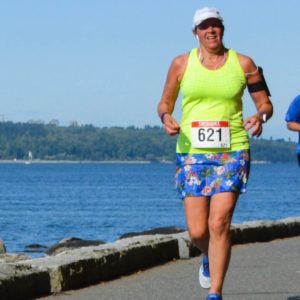
 Pace Time: 2hr 30min
Pace Time: 2hr 30min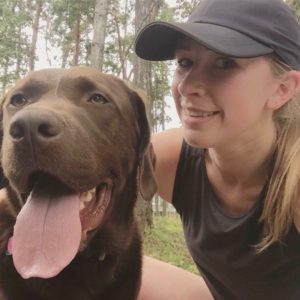
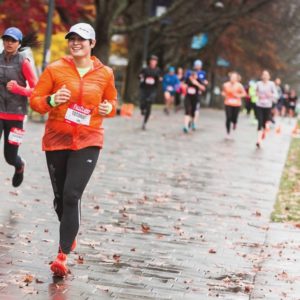 Pace Time: 2hr 15min
Pace Time: 2hr 15min
 Pace Time: 2hr
Pace Time: 2hr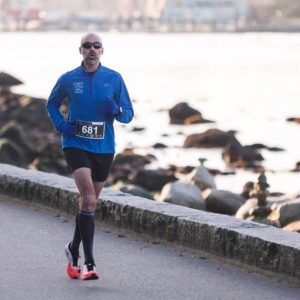
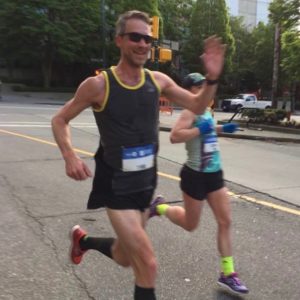 Pace Time: 1hr 45min
Pace Time: 1hr 45min